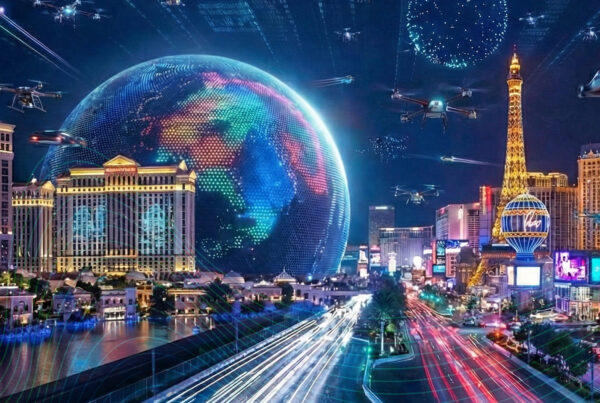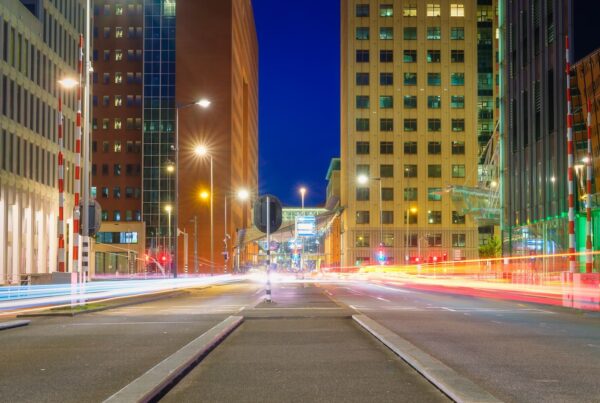
Today’s digital cameras have a lot of picture quality options. Most settings are designed to be web-friendly and take up less space on your storage card. But if you’re looking to sell photographs with your story and copywriting services, you’ll want to set your camera to shoot at its highest resolution. This will give photo editors more options to scale your images for print without any loss in quality.
Printing presses, for example, will reproduce the tones of a photograph with tiny dots on the printing press that are measured in lines per inch (lpi). Newspapers are typically printed at 85 lpi while glossy magazines are printed at 133 lpi or higher. Fine art books are typically printed at 175 lpi. A good rule of thumb is to double the lpi when adjusting the dots per inch (dpi) resolution of your photo. So if your photographs are destined to be used in a print magazine, your image should be set in at 266 dpi. Most people just round up to 300 dpi.
Note that you may have to scale your images since most digital cameras will simply scale up the image while leaving the resolution at 72 dpi. But size is inversely proportional to resolution so a 72 dpi, 10” x 20” image will scale down to a 300 dpi, 2.3” x 5.6” image without any quality loss.
You’ll also want to save your files in an uncompressed file format like TIFF and RAW. JPEG is suitable for web but is a compressed format that compromises image quality for a smaller file size. Really, the camera’s RAW setting is the ideal setting if you have the right software to process it like Adobe Photoshop, Lightroom, or Elements. RAW files are “raw” sensor data files that have far more image data that allows you to broadly adjust the luminosity and contrast of an underdeveloped or overexposed photograph by two or more f/stops. That’s two aperture sizes bigger, hence more light, on your camera. If you were to just increase or decrease the brightness and contrast of a badly exposed JPEG image in Photoshop, you’d just blow out the image highlights or details in black.
RAW files can also be adjusted for white balance after the photo is taken. White balance pertains to the color temperature of the lighting. You may have noticed that many indoor photographs have an orange or yellow cast. The reason is because camera automatic settings don’t handle indoor lighting well and incandescent bulbs give off a warmer and more reddish or yellow cast. Fluorescent bulbs will give off a green tint. Ideally, you want a cooler daylight colored balance that’s more bluish and whiter.
Once you process the RAW image file, save it in uncompressed or lightly compressed TIFF, EPS or PDF file format. The latter seems to be standard at a lot of publications that I’ve worked for. All of the mentioned will be a lot bigger than a comparable JPEG so you will probably have to FTP (file transfer protocol) the file to your clients website or use an online attachment service like WhaleMail. Your editor should have a system in place to transfer large files.
Image courtesy of graur razvan ionut / FreeDigitalPhotos.net







